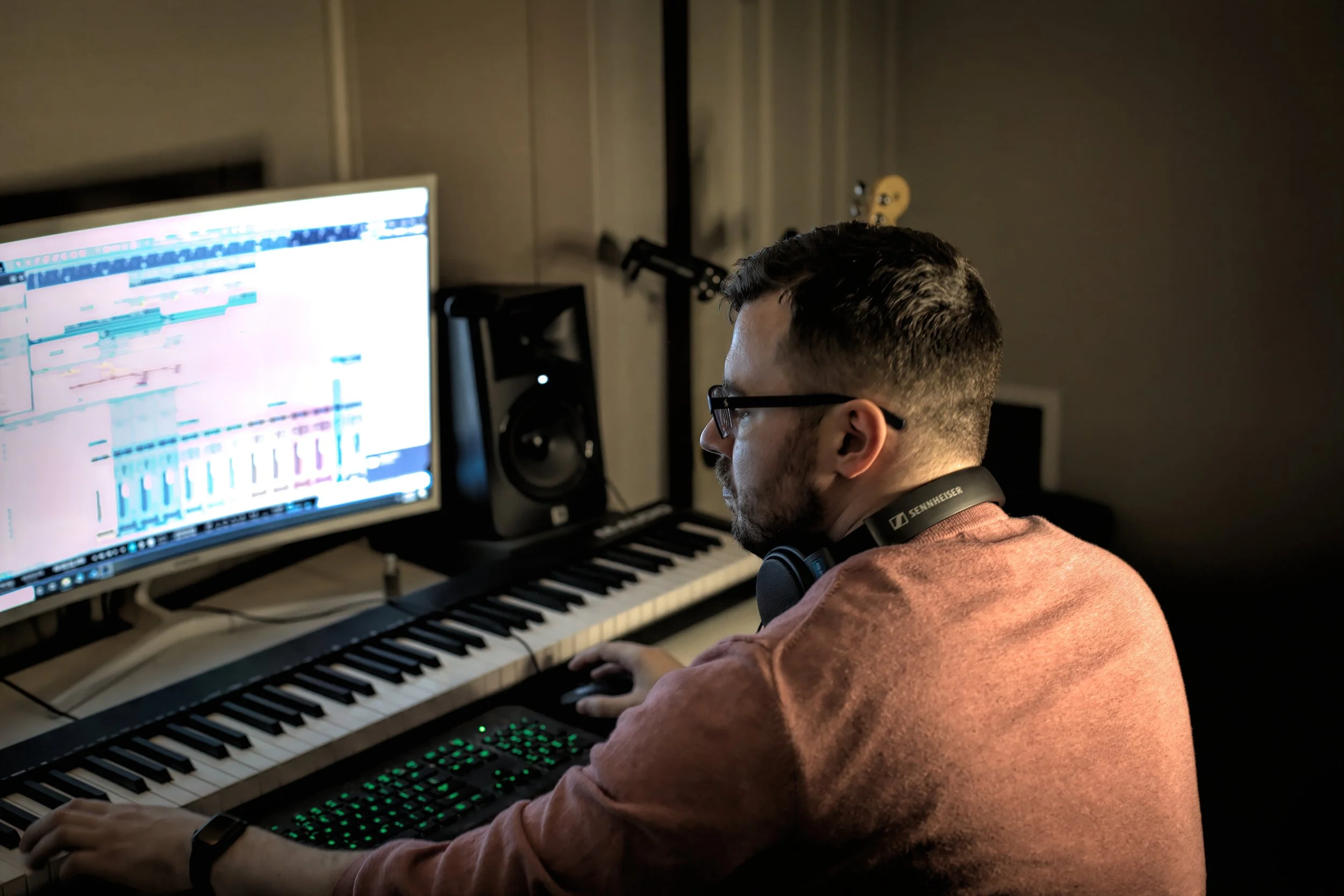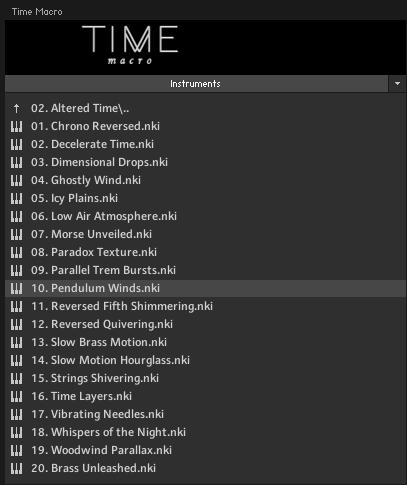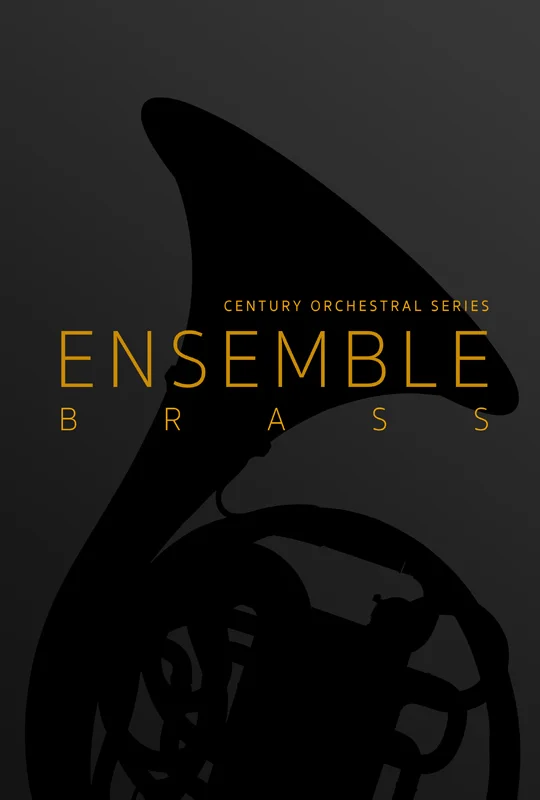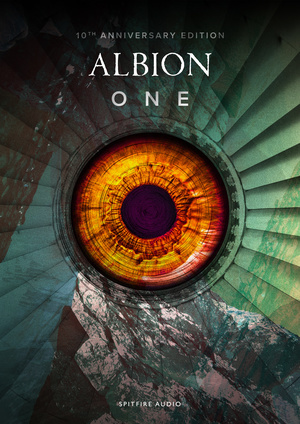Hello all! I’m back, and as promised, today we’re going to take a look at Orchestral Tools’ TIME Macro. This is a fairly recent collection, and falls under the category of additional colors, or textures, to enhance and add nuance and realism to your tracks. This is a fairly non-traditional and unique offering, as opposed to a “bread and butter” set of standard articulations. Instead, this collection focuses on movement and swells, unique textures and timbres, and subtle sound ‘palettes’ that may not be possible to achieve using your standard orchestral libraries. These kinds of products are right up my alley, as I do enjoy having this kind of motion or movement embedded into the performance itself, so I can just open the patch and instantly play, without having to fuss around with CC01 modulation. The library retails for €349 , or approximately $399.
TIME is a recent collection of textures released by Orchestral Tools.
This library is categorized into Multis and Single Instruments, and then into Combined and Individual Sections. By nature, the sound is very atmospheric, textured, and overall amazing. I can’t help but get a major Spitfire Audio vibe here, as not only are some of these patches extremely similar to what’s offered in Spitfire’s Orchestral Swarm, but a lot of them seem to really revel in the softer dynamics, and instantly remind me of some of the sounds from Albion V: Tundra (example: sul ponticello and col legno articulations). The library offers standard sustains, but where it really shines is the unique offerings, such as the playing styles mentioned previously. The Sul Ponticello strings have a more harsh and grating sound, while the Col Legno are very soft and airy. A personal favorite of the String articulations was the “Sustain 5th Drops” and the “Trem Bursts”. These capture details and colors in the actual performance by the players, so it’s very natural, and something you would not be able to properly recreate with standard articulations. Sounds like these can instantly add realism, nuance, and atmosphere to any track you could think of.
This library does focus primarily on long notes as opposed to short or dotted notes, although there are some of the latter. I found the Woodwinds Combined and Individual sections to be my favorites. I just love the magical sound of woodwind instruments playing at soft dynamics, and this library absolutely nails it. Every articulation here sounds very ethereal and magical, and would work wonders at building atmosphere or enhancing the colors in a fantasy styled composition. The Individual Woodwind Sections (High and Low) offer an “Airy Sustain” patch which sounds especially beautiful and haunting.
Managing articulations is a breeze
The three main patches in the combined sections are Strings, Woodwinds, and Choir. Having the addition of a choir here is very nice, and while it’s not comprehensive as far as features, it absolutely gets the job done and offers some wonderful sounds.
In the Individual Sections we have the Strings, Woods, and Choir, split into High and Low (or Male and Female for the choir), and this is where we also find the Brass articulations (which features Sustains and long marcato as well as the familiar textures), as well as “Harps and Vibes”, “Double Reeds”. The “Harps and Vibes” patch is very beautiful and delicate and a personal favorite.
The “Altered Time” sounds are breathtaking.
There is a section called “Altered Time”, which plays around with reversing the samples and other time based experimentation, and it contains some of the most amazing sounds of the entire library. It’s exciting opening up each new patch and having a small idea of what it will contain based on the name, but it always is surprising and utterly beautiful when you strike the keys. The “Pendulum Winds” patch sounds almost like an organ in places, as the instruments play and swell in reverse and create a purely magical pad-type sound. Think of these as some sort of orchestral synth, as the sounds are very pad-like but incredibly organic, full, and rich. For owners of the library, make sure you experiment with each and every sound included in “Altered Time”, as they truly are magnificent.
The Verdict
9.5/10
This library is truly a unique and beautiful offering from Orchestral Tools. It isn’t cheap, at $399, and be advised it does not contain legatos, although it does contain all the sustains and motion/performance based textures you might possibly need. Alternatively, there is Orchestral Swarm from Spitfire Audio, which has some VERY similar sounds, although Orchestral Swarm seems to offer more in terms of dotted note articulations, and does not include a choir or any sound design style presets (like the Altered Time section), but it does retail for quite a bit less. If you are in the market for unique and atmospheric orchestral colors, or simply want a product that captures more of the player’s performance in the samples, than you really can not go wrong with TIME Macro. I use it very frequently to spice up soft/intimate tracks, just make sure you have the standard articulations covered before you purchase, as this library is more for additional and unique textures.
PROS+
+Amazing and unique sounds
+Beautiful and haunting textures
+Altered Time patches are breathtaking
CONS-
-A tad bit pricey
-No standard legatos, which would be nice, as you could do an entire track with this one library alone.









